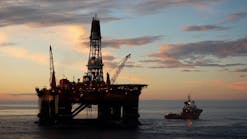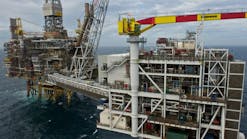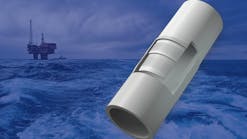Investments could add 5 Bboe to UK production, report claims
Offshore staff
LONDON – Wood Mackenzie expects demand for oil and gas in the UK to continue to outstrip supply but with wide ranges of uncertainty.
In 2030, production from fields on the UK continental shelf could be in the range 0.6-1.6 MMboe/d, the consultant predicts, with the range for demand is even wider.
Neivan Boroujerdi, Research Director, North Sea Upstream, said: “By 2050, UK North Sea production will have largely ceased. But even in a net zero scenario, demand will persist with emissions being offset by carbon capture and storage (CCS) and nature-based solutions.”
Boroujerdi added: “Current levels of production could be maintained for the next decade, underpinning energy security and safeguarding jobs. But the UK is sorely lacking in gas and will be heavily reliant on imports in all scenarios.”
Wood Mackenzie’s report ‘How much more oil and gas can the North Sea produce?’ lists five means for boosting production: execution, new greenfield projects, improved recovery from existing fields, exploration and the development of contingent resource.
If all economically viable resources were produced, this could add a further 5 Bboe of production for an investment outlay of $60billion.
While greenfield projects such as Cambo and Rosebank west of Shetland offer the most immediate upside, others would require new finance or a change in ownership.
“With demand set to persist, new developments are compatible with the UK government’s target of reaching net zero by 2050,” Boroujerdi said. “But while UK oil and gas has lower carbon intensity than some alternatives, high prices look set to extend output from late-life infrastructure, meaning emissions reduction goals will become harder to meet.”
Boroujerdi added that “continued decarbonization of the shelf – including electrification – is required to ensure alignment between energy security and a net zero future.”
4/8/2022





